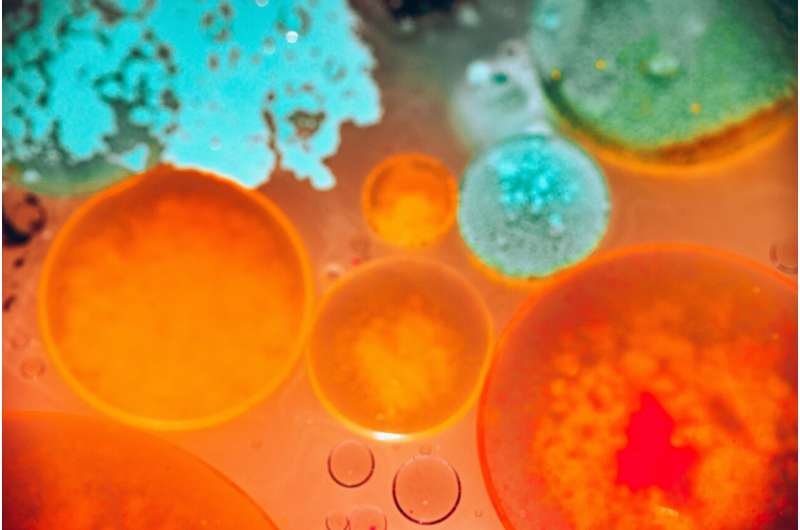Death during sex isn’t just something that happens to middle-aged men, new study finds


Sex has many beneficial physical and psychological effects, including reducing high blood pressure, improving the immune system and aiding better sleep. The physical act of sex and orgasm releases the hormone oxytocin, the so-called love hormone, which is important in building trust and bonding between people. But there’s a dark side: people sometimes die during or shortly after sex. The incidence is, thankfully, extremely low and accounts for 0.6% of all cases of sudden death.
There are many reasons why this happens to people. In most cases, it is caused by the physical strain of the sexual activity, or prescription drugs (drugs to treat erectile dysfunction, for example), or illegal drugs, such as cocaine—or both.
The risk of any sudden cardiac death is higher as people age. A forensic postmortem study from Germany of 32,000 sudden deaths over a 33-year period found that 0.2% of cases occurred during sexual activity. Sudden death occurred mostly in men (average age 59 years) and the most frequent cause was a heart attack, also known as myocardial infarction. Studies of sudden cardiac death and sexual activity from the US, France and South Korea show similar findings.
Not just the middle-aged men
Recently, however, researchers at St George’s, University of London, found that this phenomenon is not just limited to middle-aged men. The study, which is published in JAMA Cardiology, investigated sudden cardiac death in 6,847 cases referred to the center for cardiac pathology at St George’s between January 1994 and August 2020. Of these, 17 (0.2%) occurred either during or within one hour of sexual activity. The average (mean) age of death was 38 years, and 35% of the cases occurred in women, which is higher than in previous studies.
These deaths were typically not caused by heart attacks, as seen in older men. In half of the cases (53%), the heart was found to be structurally normal and a sudden abnormal heart rhythm called sudden arrhythmic death syndrome or Sads was the cause of death. Aortic dissection was the second largest cause (12%). This is where the layers in the wall of the large artery from the heart supplying blood around the body tear and blood flows between the layers causing it to bulge and burst.
The remaining cases were due to structural anomalies such as cardiomyopathy (a disease of the heart muscle that makes it harder for the heart to pump blood to the rest of your body), or from a rare group of genetic conditions known as channelopathies. This is where the ion channels that let sodium and potassium in and out of the cells in the heart muscle don’t work properly. The change to the sodium and potassium in the cells can alter the electrical current through the heart muscle and change the way it beats. An altered heart rhythm can cause a lack of oxygen (myocardial ischemia) and can lead to a sudden cardiac arrest where the heart stops beating.
Source: Read Full Article